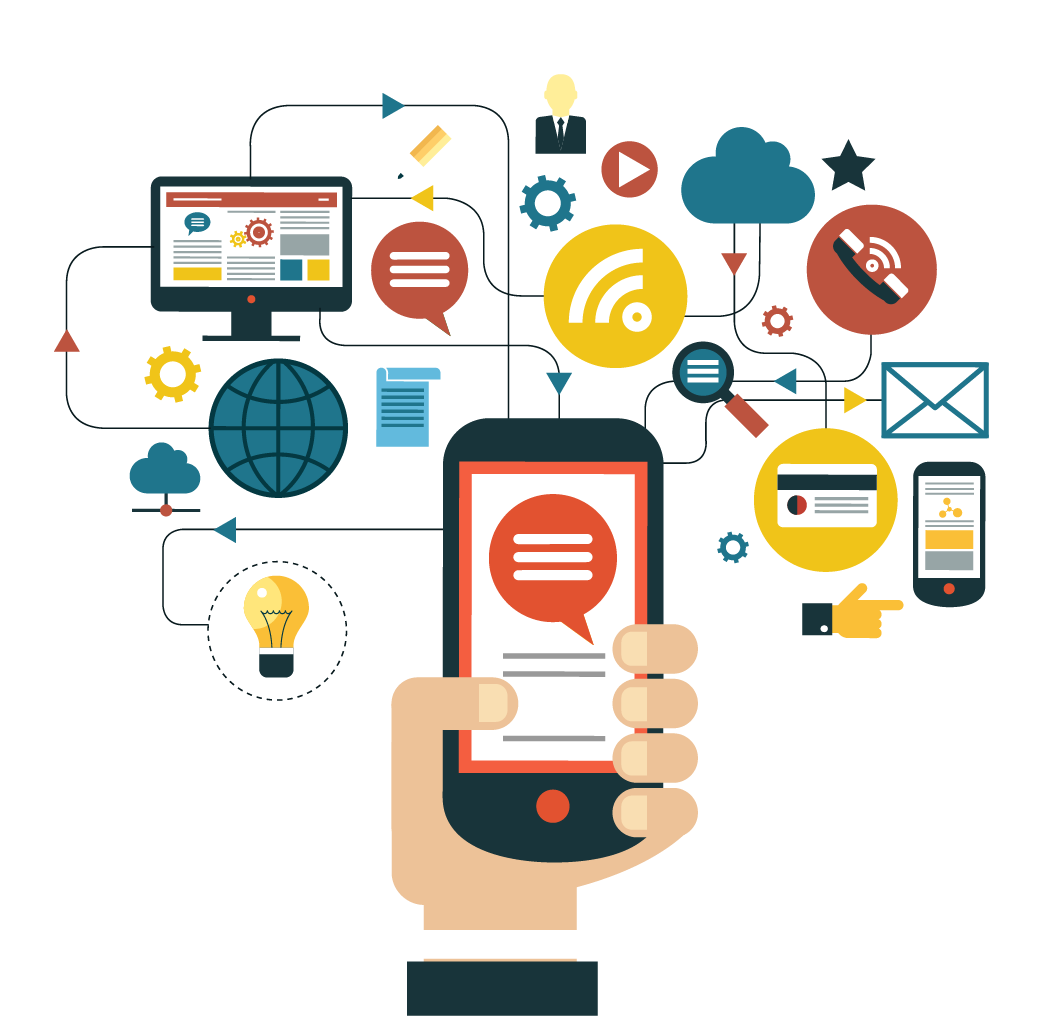App-Development
App development refers to the process of creating software applications that run on mobile devices, such as smart-phones and tablets, or on other platforms like desktop computers and web browsers. It involves several stages, including planning, designing, coding, testing, and deployment. App development has gained tremendous popularity over the years due to the widespread use of smart-phones and the increasing demand for mobile applications. Mobile apps enable users to perform a wide range of tasks, including communication, entertainment, productivity, and more. The field of app development encompasses various platforms, including Android, iOS, Windows, and web-based applications.

To understand app development better, it is essential to familiarize oneself with some key concepts and terminologies:
- User Interface (UI): UI refers to the visual elements and interactions that users encounter when using an app. It includes screens, buttons, menus, and other graphical components that facilitate user interaction.
- User Experience (UX): UX focuses on the overall experience and satisfaction of users while interacting with an app. It involves factors such as ease of use, intuitiveness, and efficiency of the app.
- Front-end and Back-end Development: Front-end development involves creating the user interface and user experience components of an app, while back-end development focuses on the server-side logic, databases, and integrations.
- Native Apps VS Web Apps: Native apps are built specifically for a particular platform using platform-specific programming languages (e.g., Java/Kotlin for Android, Swift/Objective-C for iOS). Web apps, on the other hand, are accessed through web browsers and developed using web technologies like HTML, CSS, and JavaScript.
- Hybrid Apps: Hybrid apps combine elements of native and web apps. They are built using web technologies but are packaged as native apps to provide access to device features and app stores.

The app development process typically involves several stages, each with its specific tasks and considerations:
- Idea and Planning: This stage involves defining the app's purpose, target audience, and core features. Conducting market research and competitor analysis can help refine the app idea and create a comprehensive plan.
- Design: Designers create wireframes and mockups to visualize the app's UI and UX. Design considerations include user flow, visual appeal, branding, and accessibility.
- Development: Developers write the code that brings the app to life. The choice of programming language and development framework depends on the target platform. Popular languages/frameworks include Java/Kotlin (Android), Swift/Objective-C (iOS), and JavaScript/React Native (cross-platform).

- Testing: Testing is crucial to ensure the app's functionality, performance, and usability. Testing includes functional testing, performance testing, compatibility testing, and user acceptance testing. Feedback from testers helps identify and fix bugs and usability issues.
- Deployment: Once the app is thoroughly tested, it can be deployed to the respective app stores or distributed through other channels. Developers need to follow the guidelines and requirements of each platform, such as Apple's App Store or Google Play Store.
- Maintenance and Updates: After launch, ongoing maintenance and updates are necessary to address bug fixes, add new features, improve security, and enhance performance. Regular updates keep the app relevant and engaging for users.

